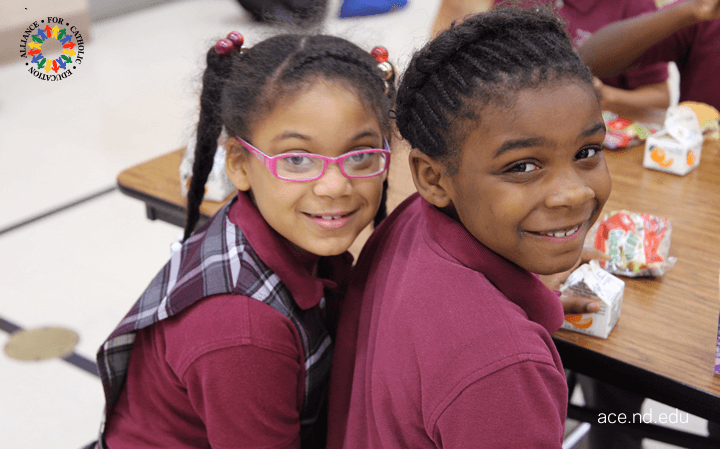Most teachers know the critical importance of feedback in the classroom. Regular feedback delivered in dialogue with students has been shown to be one of the most powerful ways to improve student learning (and we've written about how blended learning enables students to receive more frequent feedback here). In the Higher-Powered Learning Program, the teachers are our students, and we apply many of the same principles of student learning to these teachers' professional development.
Frequent, individualized feedback is one of the hallmarks of our program. We have monthly check-ins with each teacher to offer feedback from our observations, discuss their progress, and answer any questions they may have.
For many teachers, monthly observations and feedback meetings are things they have never experienced before, and it can be extremely intimidating! But we work hard to build relationships with our teachers and emphasize that our observations and feedback are completely non-evaluative.
Over time, the teachers have become much more comfortable with the process. The observations and feedback sessions have proven to be extremely important tools for their professional growth and an equally important part of our program overall. Let's break down the process a little more.
Building Trust
One of the most important parts of coaching occurs before any observations take place. We work hard to build trust and establish the "coaching, not correcting" mindset. When people are open to feedback and improvement, growth happens and notable changes occur.
As expected, many teachers are nervous during their first few observations and feedback sessions, but the process gets easier every time. Many teachers have told us that they appreciate having an opportunity to reflect on both what is going well and how they can improve. When they realize that we are thought partners and that we are working with them, they tend to become much more open to our conversations. A few teachers have even started to request more observations and feedback sessions to accelerate their growth!
Feedback Model
There are many great models for giving feedback, but we liken our model to an Oreo. Consider the three parts of the Oreo cookie: the two crunchy, chocolate cookies on the outside, and the sweet gooey center that holds them together. Although the cookies are yummy, the creamy center is undeniably the best part. And now that you're hungry, let's talk about our Oreo feedback.

Cookie #1: Start by giving positive feedback. Make it genuine, but it should always be something that went well, even if the lesson was a bit rocky. Example: "The transitions between rotations were really well executed! It's clear that you have established norms and expectations with your students."
Cream: This is time for an honest and growth-oriented observation and piece of feedback. Even though the coaching portion of conferencing can be daunting or seem like the more negative piece, it is where all the growth occurs. And framed correctly, it becomes the glue that holds the lesson together, just like our gooey Oreo center.
Cookie #2: Wrap up conference on a positive note. We like to focus on a goal or plan for future lessons that will set the teacher up for success.
The more conversational the feedback meetings are, the more relaxed the teacher will be. This yields the honesty and openness needed to produce growth and insight for future lessons. Great feedback and growth stem from positive relationships, consistency, and clarity. Those offering feedback should think of themselves as teachers and delicately and deliberately guide the learning of their students along the way.
 Alliance for Catholic Education
Alliance for Catholic Education
